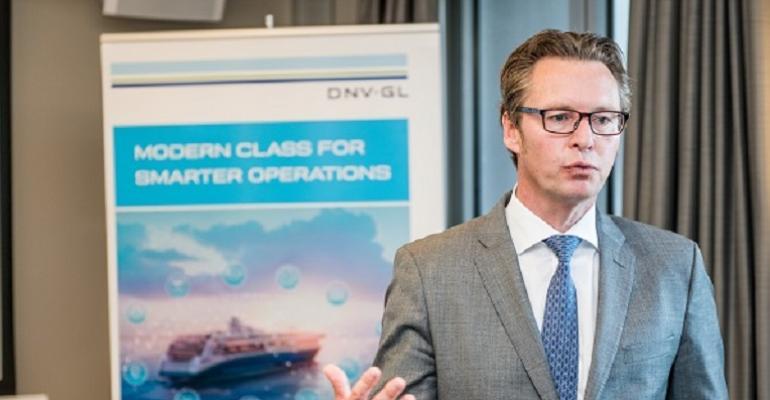Speaking to Seatrade Maritime News after the classification society staged an online conference addressing the issue ‘Fuel of the Future’ earlier this week, Ørbeck-Nilssen expressed his disappointment at delay to the IMO’s $5bn R&D fund which would help in new collaborative projects. However, he noted the challenges faced by the IMO as the UN agency aims for a consensus between 175 member nations, many with diverse interests.
“If the IMO is not the right vehicle [to establish and manage the fund], we will have to decide how else we can organise it,” he declared.
Although DNV is a staunch advocate of LNG as a transition fuel, Ørbeck-Nilssen and his energy specialists expect a multi-fuel future. On LNG versus methanol, he stressed the importance of methanol colour.
Grey offers virtually no carbon-reducing benefit while blue, from blue hydrogen with carbon capture, can be produced in various cost-effective ways. However, scaling up green methanol will be a significant challenge because of current constraints on renewable energy capacity.
On fuel availability in a shipping context, Ørbeck-Nilssen commented: “What we will probably see is hubs for different types of fuels. [Major bunkering ports such as] Rotterdam and Singapore, for example, will have quite a selection but in more remote areas, there may only be one or two fuels.”
He added that although the number of fuels adopted by owners and operators could “narrow down” towards 2050, tramp owners trading everywhere will have to be more flexible. From a safety perspective, working in ports or on ships is likely to become more complex, he said, and will be a challenge unless the sector takes proper care of its people.
New technologies such as advanced simulators and virtual reality has scope to enhance crew training and there will certainly be opportunities for marine personnel to acquire new skills and an elevated status. Ultimately, working at sea or in ports could well become more attractive, he said.
Copyright © 2024. All rights reserved. Seatrade, a trading name of Informa Markets (UK) Limited.
Add Seatrade Maritime News to your Google News feed.  |

